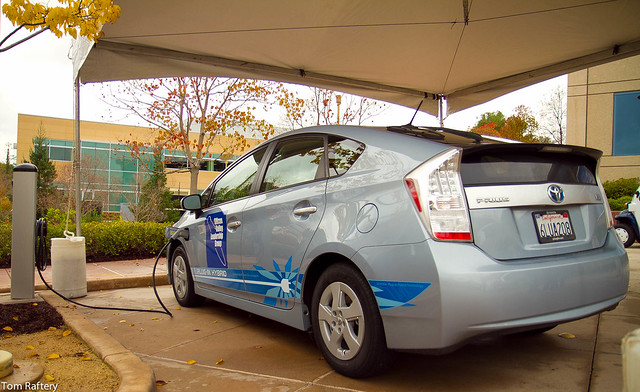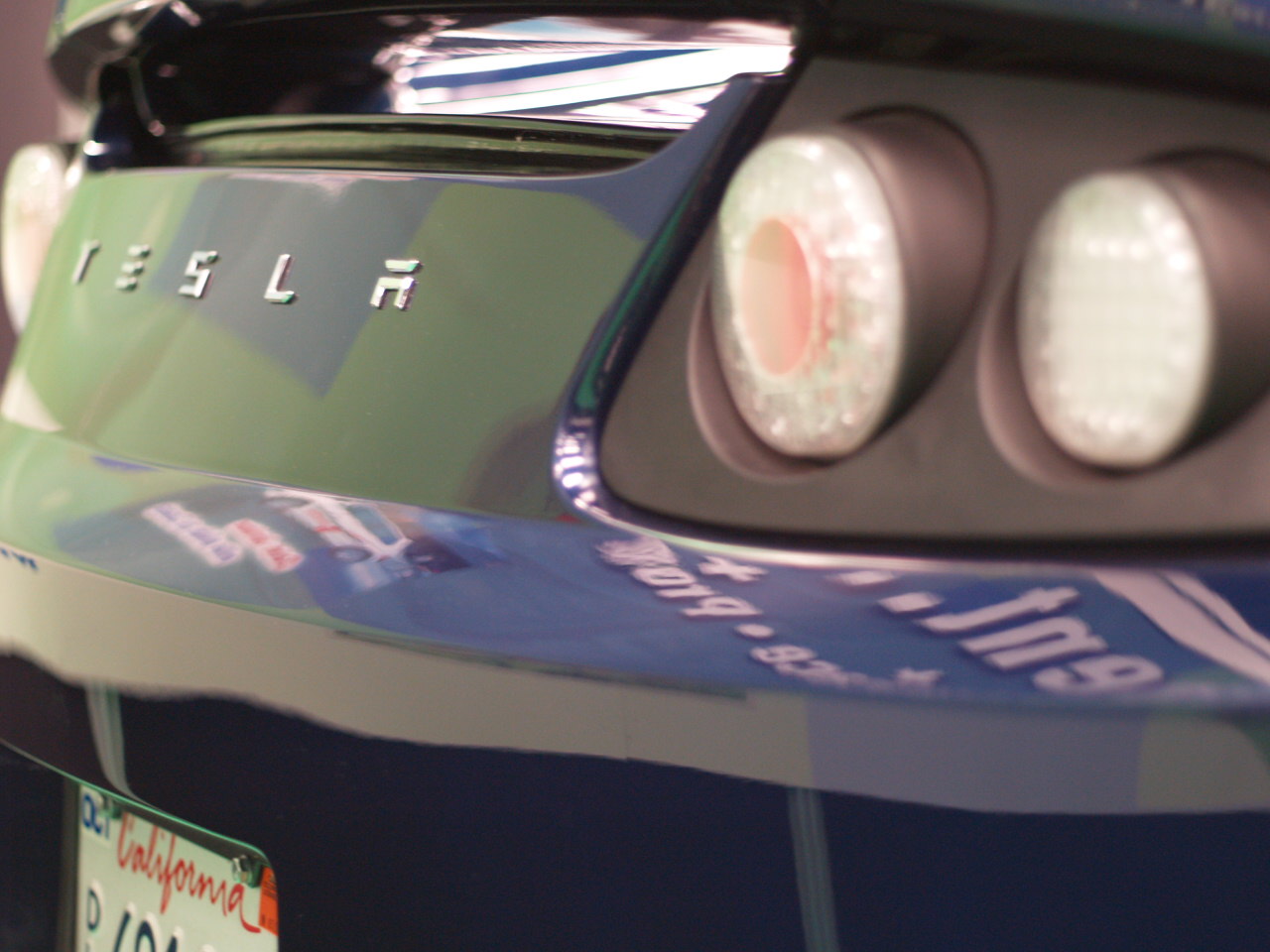This is episode five of our weekly GreenMonk TV Technology for Good Hangout – a show where we discuss news of technology solutions that work to benefit people’s lives. This week we discussed stories to do with Climate, energy/utilities, transportation, health, the internet of Things, and Data Centre’s amongst others.
Here’s a list of links to the stories we discussed today:
Climate news
- Satellite data reveal the rapid darkening of the Arctic https://scripps.ucsd.edu/news/satellite-data-reveal-rapid-darkening-arctic
- Winter wettest on record – Met Office http://www.bbc.co.uk/news/science-environment-26280219
Energy/Utilities
- Smart Grid Interoperability Panel http://www.sgip.org/
- 5 utility industry trends to watch this year http://gigaom.com/2014/02/15/5-utility-industry-trends-to-watch-this-year/
- U.S. solar industry employs more than coal, gas combined http://www.greenbiz.com/blog/2014/01/31/us-solar-industry-employs-more-coal-gas-industries-combined
- Hyundai Heavy installs Korea’s largest offshore wind turbine http://www.windpowerengineering.com/construction/installation/hyundai-heavy-installs-koreas-largest-offshore-wind-turbine/
- Morocco to invest $11 billion in clean energy http://www.al-monitor.com/pulse/business/2014/02/morocco-investments-solar-wind-energy.html#
- Google backs study on economic benefits of solar lamps http://www.businessgreen.com/bg/analysis/2329034/google-backs-study-on-economic-benefits-of-solar-lamps
- Scientists Say Their Giant Laser Has Produced Nuclear Fusion http://www.npr.org/blogs/thetwo-way/2014/02/12/275896094/scientists-say-their-giant-laser-has-produced-nuclear-fusion?sc=tw&cc=share
Transportation/Electric Vehicles
- Brilliant teen publishes paper on saving the climate with ammonia-fueled cars http://grist.org/living/brilliant-teen-publishes-paper-on-saving-the-climate-with-ammonia-fueled-cars/
- Tesla confirms huge battery factory plan, will ship 35K Model S cars this year http://gigaom.com/2014/02/19/tesla-confirms-huge-battery-factory-plan-will-ship-35k-model-s-cars-this-year/
- Toyota Testing Wireless Charging Technology for Electric Cars http://www.triplepundit.com/2014/02/toyota-testing-wireless-charging-technology-electric-cars/
- Dell joins alliance to bring wireless charging to laptops http://www.theverge.com/2014/2/20/5430310/a4wp-wireless-ultrabook-charging-dell-joins
Health
- This Woman Invented a Way to Run 30 Lab Tests on Only One Drop of Blood http://www.wired.com/wiredscience/2014/02/elizabeth-holmes-theranos/
- IBM Predictive Analytics to Detect Patients at Risk for Heart Failure http://www-03.ibm.com/press/us/en/pressrelease/43231.wss
- This little green laser could save bicyclists’ lives http://grist.org/list/this-little-green-laser-could-save-bicyclists-lives/
- Apple patents sensor-packed health monitoring headphones with ‘head gesture’ control http://appleinsider.com/articles/14/02/18/apple-patents-sensor-packed-health-monitoring-headphones-with-head-gesture-control
- How to Keep an Eye on Your Aging Parents Without Annoying the Crap Out of Them https://www.yahoo.com/tech/how-to-keep-an-eye-on-your-aging-parents-without-77040481291.html
Internet of Things
- Google Explains How Not To Be A Glasshole http://techcrunch.com/2014/02/18/google-explains-how-not-to-be-a-glasshole/
- The ‘Internet Of Things’ Will Be Bigger Than The Smartphone, Tablet, And PC Markets Combined http://www.businessinsider.com/growth-in-the-internet-of-things-market-2-2014-2
- Hive review: A tentative foray into the internet of things by British Gas is convincing http://www.independent.co.uk/life-style/gadgets-and-tech/features/hive-review-a-tentative-foray-into-the-internet-of-things-by-british-gas-is-convincing-9143953.html
- The home automation paradox http://radar.oreilly.com/2014/02/the-home-automation-paradox.html
- In praise of the humble smart plug: Are outlets the gateway for the internet of things? http://gigaom.com/2014/02/18/in-praise-of-the-humble-smart-plug-are-outlets-the-gateway-for-the-internet-of-things/
- Password leak in WeMo devices makes home appliances susceptible to hijacks http://arstechnica.com/security/2014/02/password-leak-in-wemo-devices-makes-home-appliances-susceptible-to-hijacks/
- Internet of Things connected Philips Hue bulbs review http://greenmonk.net/2014/02/20/internet-things-connected-philips-hue-bulbs-review/
Data Centre’s
- Rackspace and Digital Realty begin building highly efficient UK data centre http://www.businessgreen.com/bg/news/2329954/rackspace-and-digital-realty-begin-building-highly-efficient-uk-data-centre
Miscellaneous
- Explained: Samsung’s implementation of the fingerprint sensor on the upcoming Galaxy S5 http://www.sammobile.com/2014/02/17/explained-samsungs-implementation-of-the-fingerprint-sensor-on-the-upcoming-galaxy-s5/
- IBM sets new speed record for Big Data http://www.kurzweilai.net/ibm-sets-new-speed-record-for-big-data#!prettyPhoto
- IBM starts rolling out Watson supercomputer in Africa http://www.reuters.com/article/2014/02/06/us-ibm-africa-idUSBREA1507H20140206
- PBI Honors Brad Smith and the Department of Legal and Corporate Affairs at Microsoft for Outstanding Pro Bono Service http://www.csrwire.com/press_releases/36738-PBI-Honors-Brad-Smith-and-the-Department-of-Legal-and-Corporate-Affairs-at-Microsoft-for-Outstanding-Pro-Bono-Service







